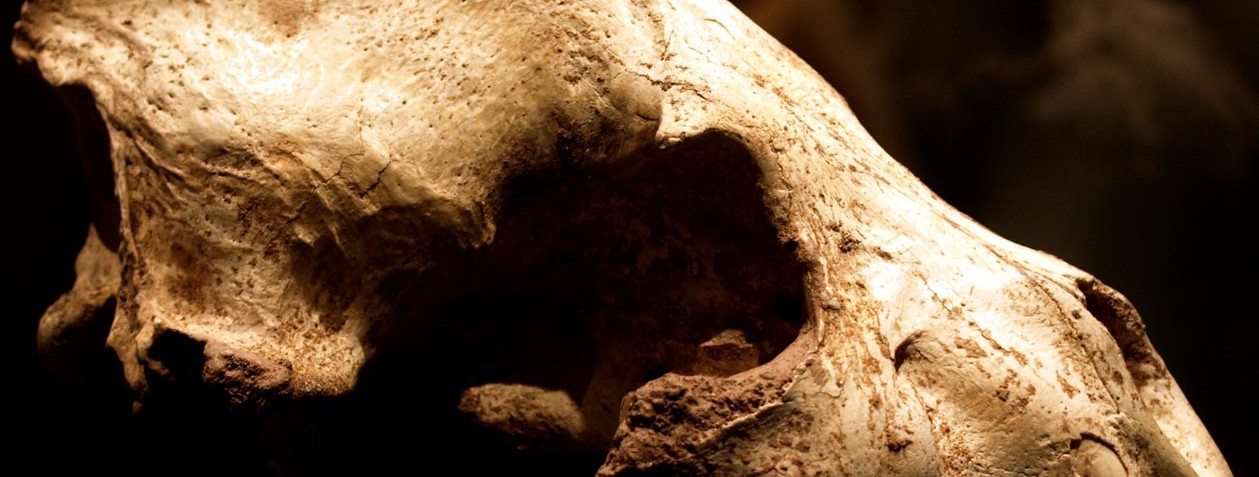Kinecting up the Past was a project that explored the research benefits, use, and disruptive nature of cheap consumer-grade technology to capture environments and artefacts in 3-dimensions using Microsoft’s Kinect controller. Although the application has a much wider application, Kinecting up the Past focused on the real needs within archaeology.
Ultimately, the aim was to make the Kinect device as simple to use as a digital camera, but to capture 3-dimensional objects and environments, making it much more accessible, easy to use, and cheaper to undertake for those without specific skill sets.
Kinecting up the Past was funded by JISC through its Research Tools Programme.
Application of the Technology
Creswell Crags, Nottinghamshire, consists of a series of archaeological caves within a limestone gorge that are managed and interpreted under the guardianship of the Creswell Heritage Trust. Creswell Crags is among the most northerly places to have been visited by our ancient ancestors during the last Ice Age, a story that is unique on a European and World scale. The site is a Scheduled Monument and geological Site of Scientific Interest and many of the caves are protected by metal grills to preserve the rare archaeological deposits that remain inside. However, only a small portion of the 25 caves is accessible to visitors participating in guided tours. The ability to capture the entrances and internal space of all of the caves and reconstruct a virtual environment within their Museum and Education Centre, and for mobile device downloads, for visitors to explore and interact with would thus greatly enhance access to the cultural heritage that is otherwise inaccessible.
As part of the project team, Creswell Crags kindly provided access to some of their caves and artefacts to test and evaluate the technology to be researched and developed within the Kinecting up the Past project. Validation of the models that were created via the Kinect device was undertaken via analytical comparisons. The Trent and Peak Archeology team members took their own scans of the same caves and artefacts using their professional equipment that would be typically used to capture such environments for research and media outputs.
The Digital Humanities Institute undertook the research and development required to capture full 3D models and evaluate their accuracy by performing analytical comparisons.
Website
Downloads
All code is open source and free to re-use. Made available on 02/09/2013.
- KinectUp.zip is the main body of code for the Kinecting up the Past project and includes algorithms to track and stitch point clouds together.
- PairViewer.zip is the standalone application that allows you to view point cloud match info generated from the KinectUp application.
- PCL_ICP.zip is a test Point Cloud Library Iterative Closest Point application.
- PCL_PCtoPoly.zip converts a point cloud generated from KinectUp to a basic polygonal mesh structure.
Related Websites
Project Team
- Dr Michael Meredith (Principal Investigator – The Digital Humanities Institute)
- Prof. Andrew Chamberlain (Department of Archaeology, University of Sheffield)
- Ian Wall (Creswell Heritage Trust)
- Dr David Strange-Walker (Trent & Peak Archaeology)
